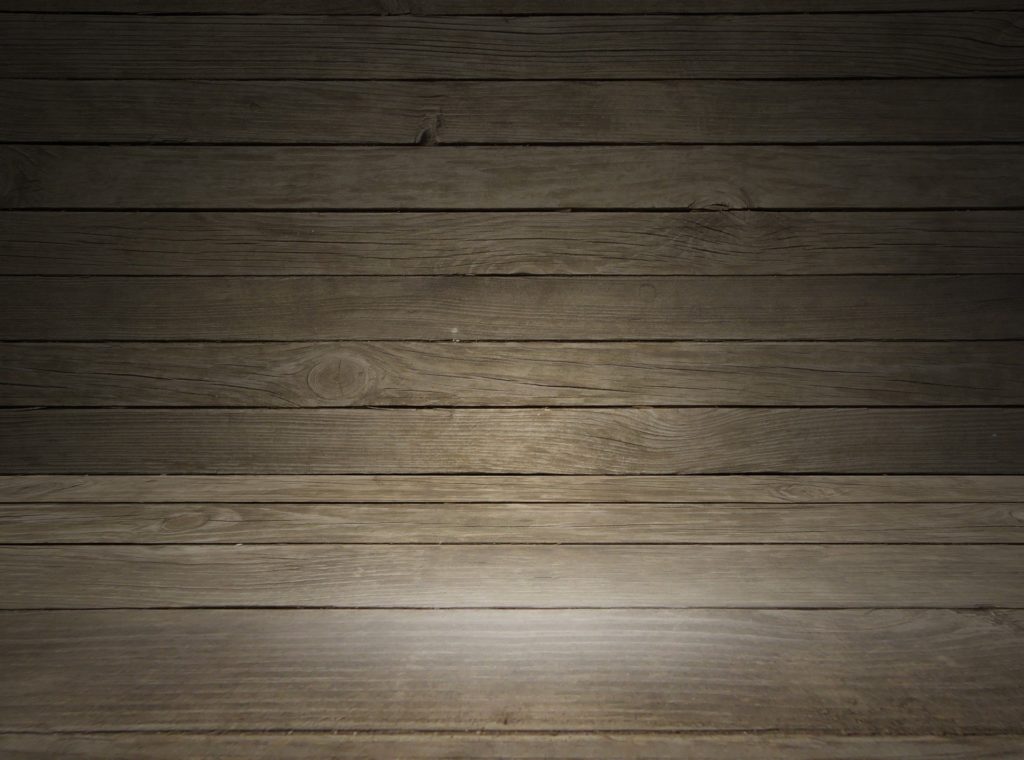

Caring for wood furniture is not the same as cleaning for aluminium, glass or plastic items. While this post will outline the best tools and best ways of cleaning wooden furniture, depending on the finish of the furniture, even these steps may be wrong. So, to be on the safe side, always ask for specific care and cleaning guidelines when purchasing new or old furnishings.
Tools for Dusting

Dust buildup on furniture will take more time to clean and can even damage the surface of the furniture. You don’t want to airborne deposits to create a layer on your furniture as it can even lead to scratching of the surface when it comes time to clean. So, the first step to taking care of your cabinets, tables and chairs is to dust them frequently.
However, you don’t want to use a material that can damage the finish or that can send all the dirt and dust flying in the air as these will eventually land back on these furniture pieces. You can slightly dampen a clean piece of cloth to dust or get a feather duster. Below is a list of options you have:
- Classic feather duster
Classic feather dusters are made from ostrich feather. They are perfect for removing dust from delicate surfaces that can be easily damaged.
- Lamb’s-wool duster
Lamb’s wool duster is perfect for cleaning because they contain a wax called lanolin. Lanolin attracts dust and can make it cling to the cleaning tool. If used in combination with a long handle, they can also be an excellent tool for dusting carved or turned areas that cloths can’t reach.
- Treated cloths
Soft, non-scratch clothes are also a great alternative for dusting. They easily pick up and hold dirt and can even be used in place of silicon sprays.
- Soft, lint-free cloths
Some tools are already in your house and you don’t even have to go out and purchase them. If you are looking for lint-free cloths, you can use just about any old cotton T-shirts. Ensure they are clean before use and dampen them slightly to help trap dust.
- Terry towels
Terry towels are also wonderful for cleaning. Slightly dampen a clean towel to trap any dust.
Tools for Cleaning
- Something for dusting
- Microfiber cloths
- Clear dish soap
- Semi-solid furniture polish
- Cheesecloth
Things to Avoid
Below is a list of things you must avoid doing at all costs:
- Do not use all-purpose cleaning sprays. These sprays are not meant for wood furniture that does not have a plastic coating.
- Avoid soaking the wood with water.
- Do not use oil polishes or furniture oils as protective layer. They are simply meant to make the surface more shiny.
- Avoid all polishing products that have pure olive oil. This will only attract more dust.
- Do not use any commercial or liquid furniture polishes that contain silicone oil. If your furniture has been polished with them, the residue can interfere with the refinishing.
Alternatives Solutions that You Can Adopt
So, what are the alternatives?
- When cleaning dip a piece of cloth in mild soap or detergent dissolved in water and wring it nearly dry before wiping the area. Immediately dry with a clean cloth.
- Applying wax or polish to protect the finish and reduce surface scratches.
Steps to Cleaning Your Furniture

Step 1:
Start by dusting your furniture. You can wipe it down with a barely damp microfiber cloth or a duster to remove dust and grime.
Step 2:
If you’ve used a damp cloth to remove dust, quickly wipe the residual water down with another dry microfiber cloth. If you’ve used a duster, on the other hand, you won’t have to wipe it down again.
Step 3:
After having dusted the furniture check for any sticky residue. If you find any, you’ll have to clean it with some dish soap. But before cleaning, test a tiny, out-of-sight section of the furniture to make sure the finish doesn’t get removed. If all is fine, add a few drops of dish soap to a cup of water. Soak a microfiber cloth in the mixture, wring it so it’s only slightly damp and gently work on the gummy section.
Step 4:
Once the spot is cleaned, wipe the area dry with another microfiber cloth.
Step 5:
For harder to remove gummy spots, use mineral spirits. Remember to test before cleaning to ensure that it doesn’t damage the finish. Apply a little bit of mineral spirits to a clean cloth and rub down the sticky area.
Step 6:
Once you’ve properly cleaned the surface of the wood furniture, apply some wax to protect it and help keep its shine. You can use a cheesecloth to apply the semi-solid wax to the wood furniture. Remember to wait a few minutes before buffing it clean with a clean microfiber cloth.

Leave a Reply